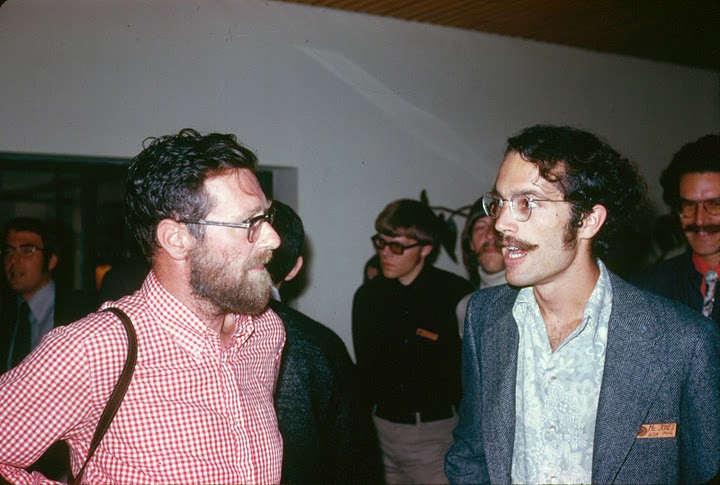The latest addition to the “Papers on the history of ALGOL” section of the History of ALGOL web site is this paper about Dijkstra’s involvement in proposing and implementing the recursive procedure as an ALGOL 60 language construct:
- Edgar G. Daylight. Dijkstra’s Rallying Cry for Generalization: The Advent of the Recursive Procedure, Late 1950s–Early 1960s.
- The Computer Journal, Advance access, March 8, 2011. Oxford Journals
- Peer-reviewed and edited preprint at dijkstrascry.com. HTML PDF
In a section on Future Work near the end of the paper, Daylight notes, “Research contributions of Gödel, Carnap, Turing and Tarski have been studied and documented over and over again by logicians and philosophers themselves. Computer scientists, by contrast, have yet to commence with similar work concerning the ideas of their fathers: Dijkstra, McCarthy, Hoare and others. This, in turn, explains my motivation to write this paper.” Daylight, who is a post-doctorate researcher in the history of computing, has set up the blog-style web site Dijkstra’s Rallying Cry for Generalization as a way to report on his ongoing research into Dijkstra’s writings, including the E. W. Dijkstra Archive at the University of Texas and additional materials Dijkstra’s family donated. Daylight is off to a good start. He welcomes suggestions for improving his blog, and notes he’ll be adding photographs of Dijkstra soon.
In that spirit, I offer the following photograph, taken at the 1973 Marktoberdorf Summer School, of instructor Dijkstra and student McJones. Dijkstra’s subsequent trip report (EWD385) mentions my friend Dave Redell (who took the photograph) and me because we served as “intelligent terminals” in an “interactive programming session”.

